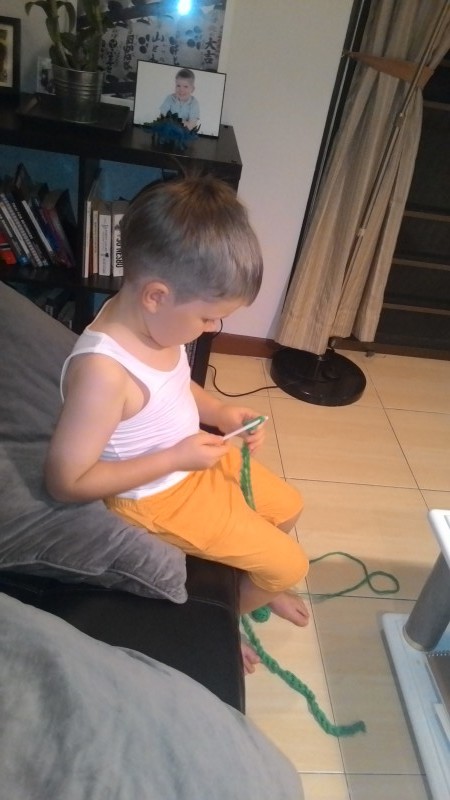
As a learning activity, arts, crafts, and design have traditionally been passed over in favor of more academic pursuits . However it has been proven that craft – particularly developmentally appropriate craft activities – can aid learning in those core academic disciplines like language , social studies, science , and math. Crafts have been around since the beginning of time when people made everything they used with their hands. Crafts were initially created for trading, selling, spiritual or artistic expression, as well as creating personal and household articles.

In today’s developed world, crafts are a great pastime and educational tool for kids. It can not only keep the kids entertained on a rainy day, but also extend a child’s gross and fine motor skills , develop concepts like color or numbers and see scientific processes like gluing and paint drying in action. This is very important in our school environment. because our curriculum is based on teaching conceptual understanding. Craft allows kids to explore ideas or concepts and then express it by making something to keep, entertain others with or simply look at for visual pleasure.
While there are some national curriculum that emphasize the importance of early introduction of fine motor skills and training of hand-eye coordination (Finland in particular) but only Waldorf (Steiner in Europe) has a systematic approach: all kids learn to knit at Waldorf. It is taught even before the alphabet. It perfects their fine motor skills, there has been evidence that it has an impact on short term memory by implicitly training their focus, works both sides of the brain, and prepares children to be better readers when they are ready for that step.
I believe that it is time to remove the desks from kindergartens and preschools. Early Years and kindergartens need to fill their curriculum with play consisting of lots of sensory integration activities that will strengthen fine motor movements, visual motor abilities, listening skills, balance, muscle tone, proprioception, as well as strengthen children’s social and emotional skills and most importantly, strengthen their imaginative and picture making capacities by promoting play, using puppets and dolls to act out stories for their classmates to see, and by telling students lots of stories and reading them lots of books. Activities like climbing, running, jumping, hopping, skipping, walking the balance beam, playing circle games, singing, playing catch, doing meaningful chores, painting, coloring, playing hand clapping games, doing string games, cutting with scissors, and finger knitting will all strengthen children’s minds for learning.









You must be logged in to post a comment.